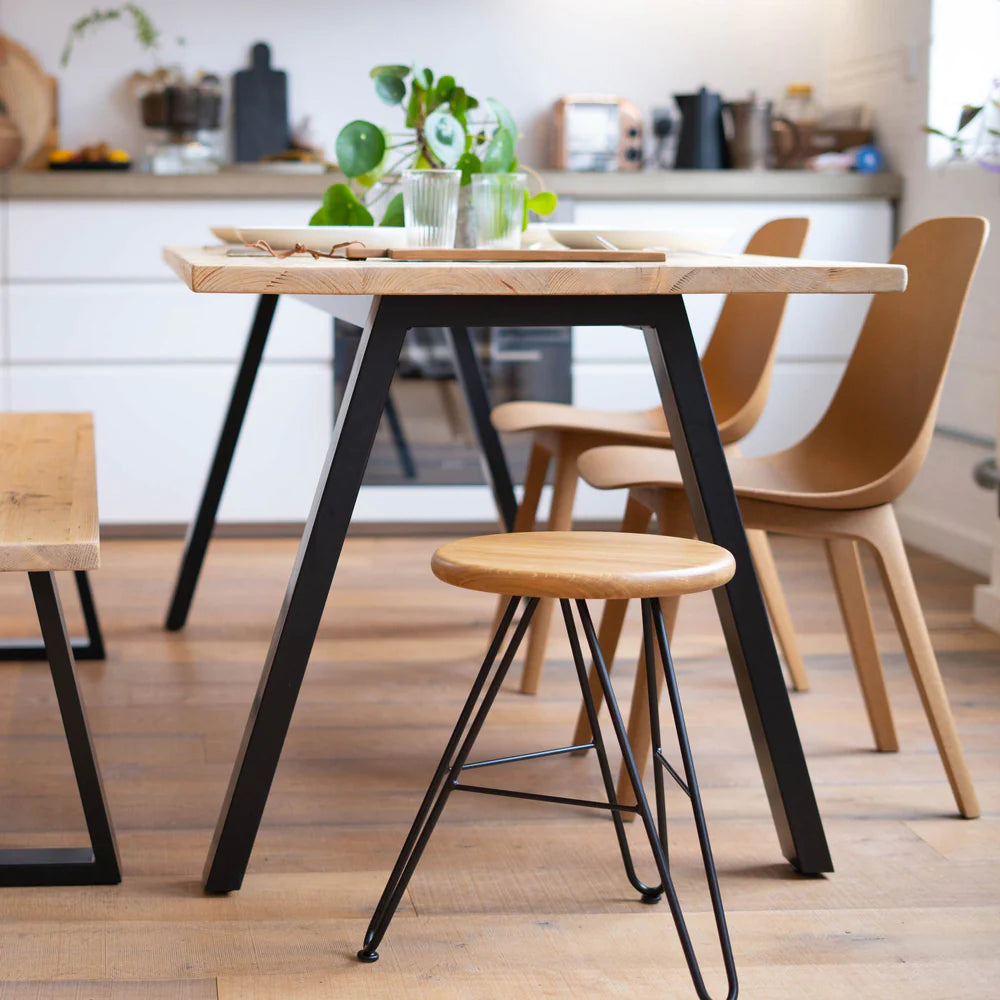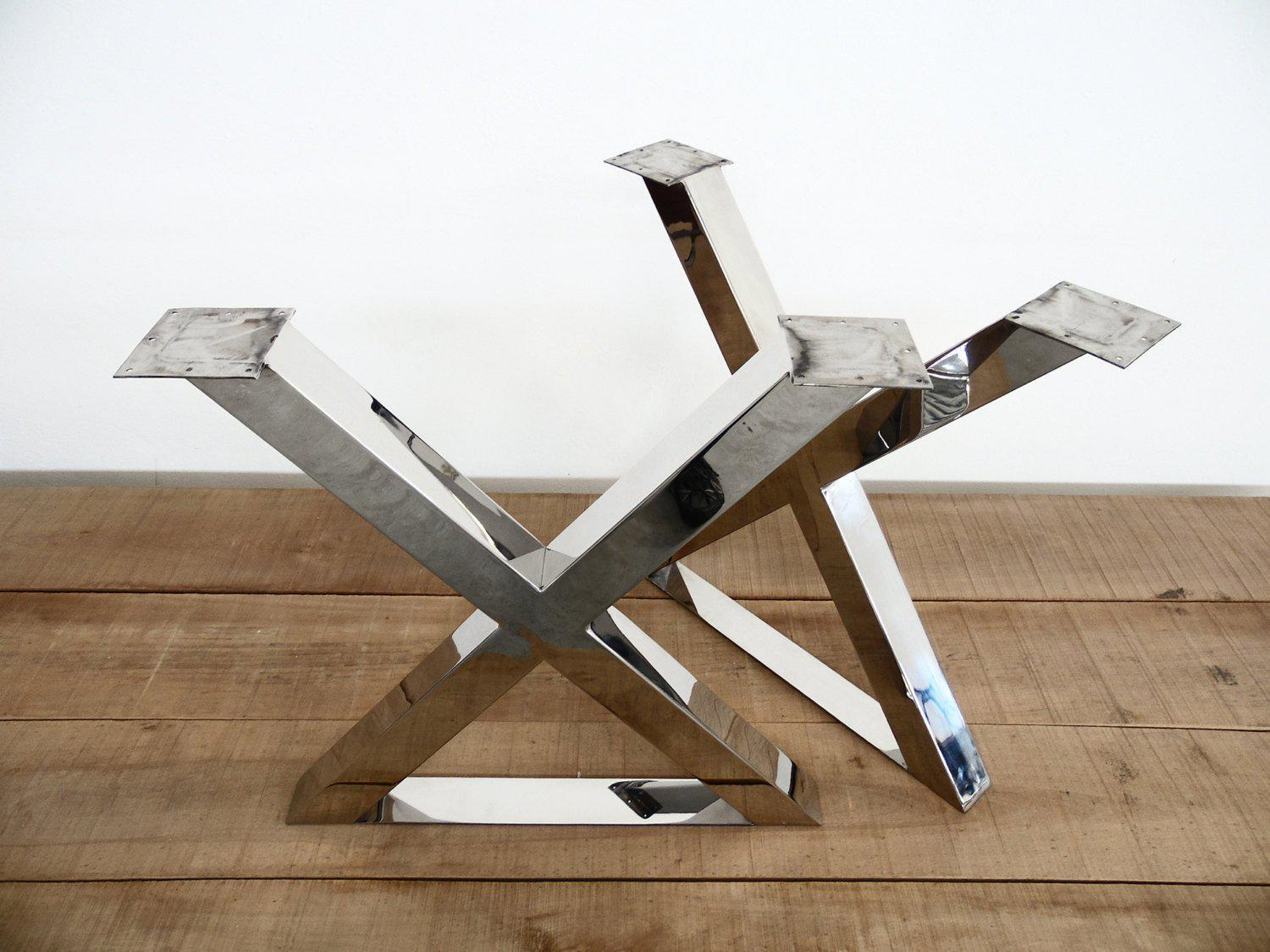Choosing the Perfect Table: What Styles Work Best for Your Home?
Picking the perfect dining table for your home can be a nuanced procedure that stabilizes visual appeals and performance. To navigate these choices successfully and locate a table that truly complements your home, think about the complying with facets in information.
Assessing Your Area
Assessing the measurements and layout of your dining area is a critical first action in picking the perfect dining table. Begin by measuring the length and width of the room, accounting for entrances, home windows, and various other building attributes that can affect table positioning. This makes certain that your table not just fits but likewise permits comfortable movement around it.
Think about the number of people you generally captivate. A table must suit your family's day-to-day requirements while using adequate flexibility for occasional guests. As a guideline of thumb, assign at the very least 24 inches of table width per individual to make certain a comfy dining experience.
It's also vital to keep proper clearance around the table. Preferably, there must go to the very least 36 inches in between the table edge and wall surfaces or other furniture, making it possible for very easy gain access to and movement. For rooms where chairs with arms or added storage space systems like buffets are involved, raising this clearance to 48 inches is suggested.
Lighting and atmosphere play substantial roles. Make certain that your table aligns with existing lights fixtures or strategy for appropriate illumination services. This thorough spatial evaluation guarantees that your table not only fits literally yet likewise harmonizes with your area's overall capability and aesthetic.
Popular Table Styles

Typical eating tables usually include elaborate details, curved legs, and rich timber coatings, stimulating a sense of ageless sophistication. They are ideal for homes with classic decor or those looking to include a touch of class to their dining area.
Modern dining tables focus on simpleness and clean lines, typically integrating materials like glass and steel. These tables are suitable for contemporary areas, offering a streamlined and uncluttered look that enhances minimal design philosophies.
Rustic eating tables, on the various other hand, emphasize all-natural materials and a handcrafted look - dining room table legs. They typically feature redeemed wood and a troubled surface, creating a cozy and inviting ambience. These tables work well in farmhouse-style homes or those looking for a comfortable, natural feel
Industrial dining tables integrate resources such as steel and wood, usually showcasing an utilitarian visual. This style is fit for loft spaces or metropolitan rooms, adding a touch of sturdy charm and longevity to the dining experience.
Each design provides distinctive advantages, making it essential to select one that lines up with your home's total design and your individual choices.
Material Selections
When choosing a dining table, the option of product plays a vital role in figuring out both the table's visual appeals and performance. Timber, metal, glass, and composite products each deal unique benefits and obstacles, making it essential to line up the product with your home's decor and way of life needs.
Wood is a timeless and functional choice, available in varieties such as oak, walnut, and mahogany. Understood for its longevity and heat, wood complements both typical and modern interiors. Nevertheless, it needs routine upkeep to stop scratches and warping.
Steel tables, often crafted from stainless steel, aluminum, or wrought iron, are praised for their modern appeal and robustness. They are especially matched for commercial or minimal setups yet can be vulnerable to damages and might really feel chilly to the touch.
Glass eating tables bring an air of elegance and visibility, perfect for smaller sized rooms as they develop an impression of more space. While easy to tidy, glass can be susceptible to smudges and requires careful handling to avoid chips and splits.
Composite products, such as MDF and plywood, offer affordable and adjustable solutions, though they may do not have the long life of natural materials. Picking the appropriate material ensures your eating table is both a useful possession and a visual joy.
Forming and Size Considerations
After determining the proper product for your table, the following factor to consider is choosing the right sizes and shape to suit your room. The form of the table dramatically affects the room's visual and performance. Rectangular tables, one of the most typical form, are perfect for larger spaces and can suit a higher variety of guests. They also permit a more official eating experience. Alternatively, round tables cultivate a sense of affection and are exceptional for smaller dining locations, encouraging conversation by removing corners and making every person feel just as included.
As a rule of thumb, allocate at least 24 inches of table additional hints size per individual to make certain comfy eating. In addition, think about the table's clearance area: there must be at least 36 inches between the table edge and the wall surfaces or various other furnishings. Prolonging tables provide adaptability if you regularly hold larger events, offering additional seats when required without occupying extra area daily.
Matching Your Design
Choosing a table that balances with your existing design is pivotal in developing a cohesive and welcoming room. Begin by evaluating your existing interior decoration style, whether it be contemporary, traditional, rustic, or diverse. The table need to match the general aesthetic, not take on it. A sleek, minimalist table with tidy lines is excellent for a modern-day home, while a vintage, elaborate table matches investigate this site a more standard setting.
If your style includes cozy tones and all-natural materials, consider a wooden table visit to enhance the organic feeling. Conversely, a glass or metal table may be more suitable in an area dominated by great shades and industrial elements.
A rough-hewn, redeemed timber table can add personality to a rustic space, while a refined marble surface can boost a lavish eating area. A well-matched eating table not only improves visual appeal yet likewise enriches the total dining experience.

Conclusion
Choosing the ideal table demands careful consideration of area, style, products, form, and dimension (dining room table legs). Typical tables enhance classic insides with rich timber coatings, while modern tables fit contemporary settings through glass and steel. Rustic layouts present heat via natural materials, and industrial styles improve city settings with raw components. Harmonizing the dining table with existing decor guarantees both performance and visual appeal, adding to a cohesive and cosmetically pleasing eating location.